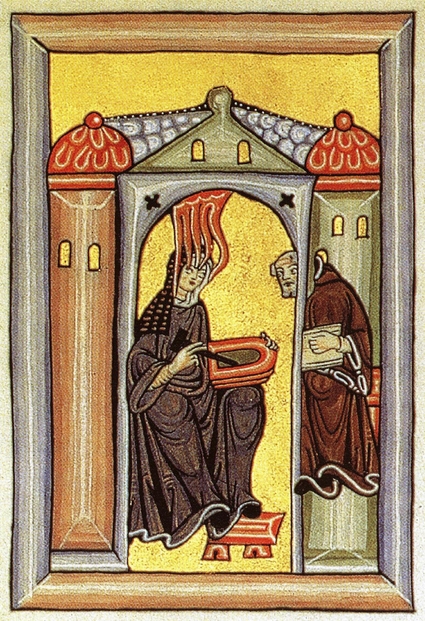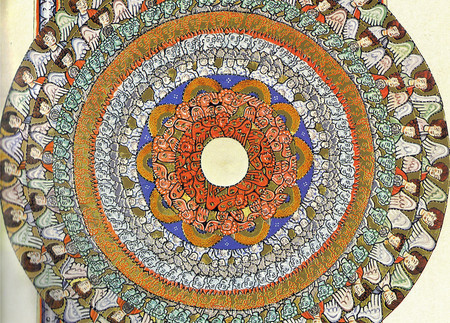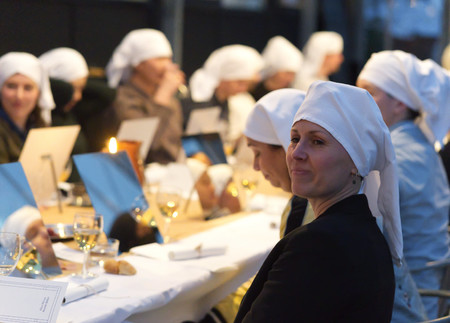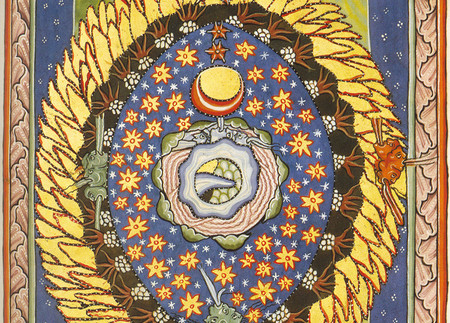Hildegard Von Bingen has made a name for itself in many ways. At a very young age she was placed in a monastery where visions allowed her "to communicate with God".
All her life she has alternated between research and knowledge of different topics and suffering from major diseases. It is said that when she did not achieve what she wanted she would become seriously ill. She lost her sight for a while, was bedridden, suffered from migraine attacks...
Some historians believe that she was on the autistic spectrum based on analysis of her biographical info.
However, she wrote theological, botanical, and medicinal texts, as well as liturgical songs for female choirs to sing and poems. She made herbal elixirs to cure visitors. She invented her practice of medicine. She healed wounds, panarias, reduced fractures.
She founded the monasteries of Rupertsberg in 1150 and Eibingen in 1165, being one of the first women to create a place of worship.
Her work is still really relevant nowadays. Some botanical researchers affirm that if we would have read Hildegard's text, thousands of hours of research would have been saved. On 2012, Pope Benedict XVI named Hildegard a Doctor of the Church and extended the lithurgical cult of Hildegard to the entire Catholic Church in a process as "equivalent canonization".






